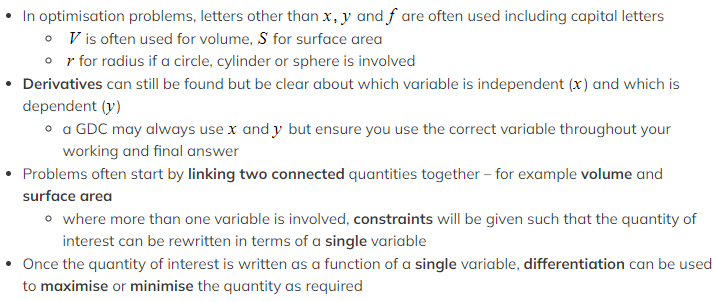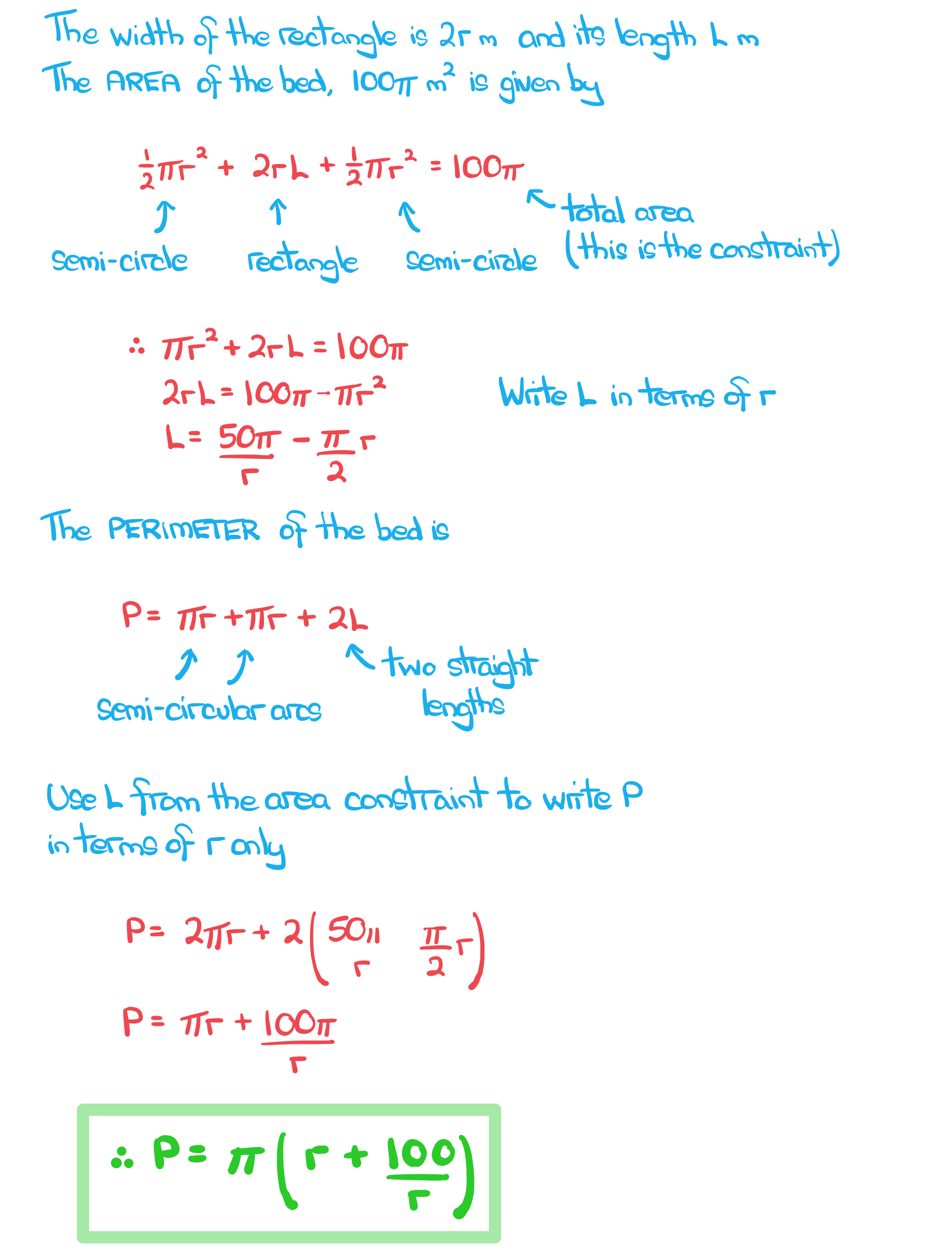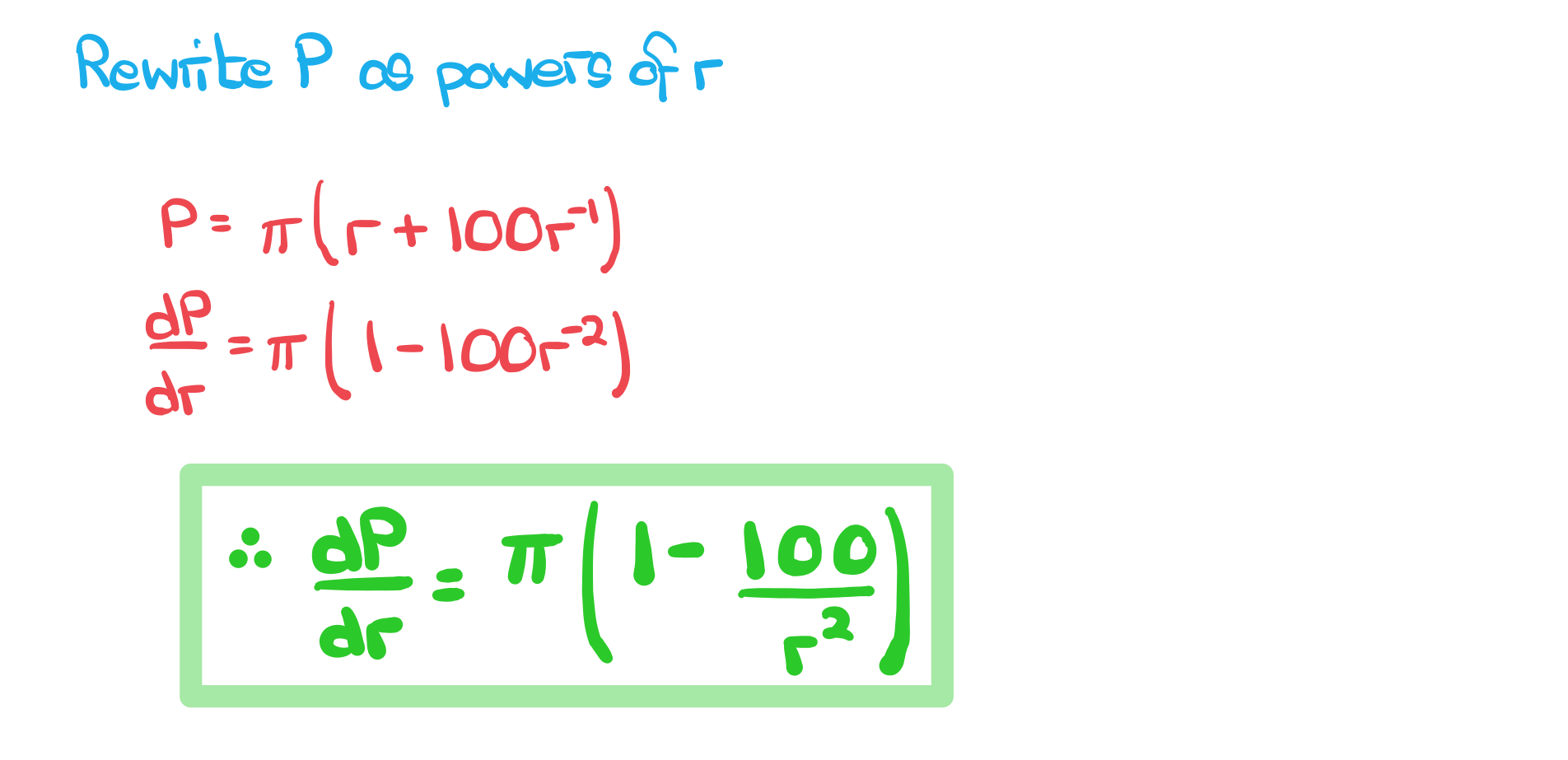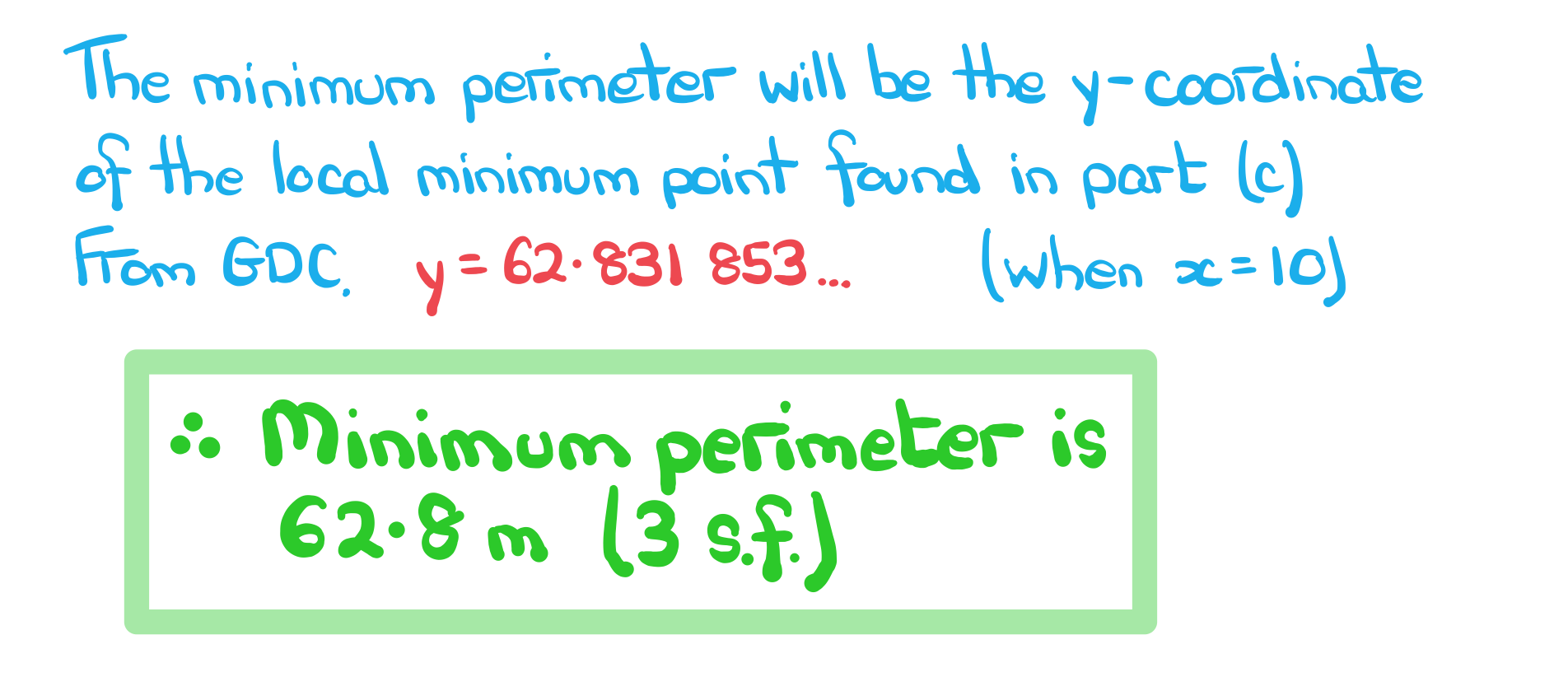- 翰林提供学术活动、国际课程、科研项目一站式留学背景提升服务!
- 400 888 0080
IB DP Maths: AI SL复习笔记5.1.3 Modelling with Differentiation
Modelling with Differentiation
What can be modelled with differentiation?
- Recall that differentiation is about the rate of change of a function and provides a way of finding minimum and maximum values of a function
- Anything that involves maximising or minimising a quantity can be modelled using differentiation; for example
- minimising the cost of raw materials in manufacturing a product
- the maximum height a football could reach when kicked
- These are called optimisation problems
What modelling assumptions are used in optimisation problems?
- The quantity being optimised needs to be dependent on a single variable
- If other variables are initially involved, constraints or assumptions about them will need to be made; for example
- minimising the cost of the main raw material – timber in manufacturing furniture say – the cost of screws, glue, varnish, etc can be fixed or considered negligible
- Other modelling assumptions may have to be made too; for example
- ignoring air resistance and wind when modelling the path of a kicked football
- If other variables are initially involved, constraints or assumptions about them will need to be made; for example
How do I solve optimisation problems?
 STEP 1
STEP 1
Rewrite the quantity to be optimised as a single variable, using any constraints given in the question
STEP 2
Use your GDC to find the (local) maximum or minimum points as required
Plot the graph of the function and use the graphing features of the GDC to “solve for minimum/maximum” as required
STEP 3
Note down the solution from your GDC and interpret the answer(s) in the context of the question
Exam Tip
- The first part of rewriting a quantity as a single variable is often a “show that” question – this means you may still be able to access later parts of the question even if you can’t do this bit
Worked Example
A large allotment bed is being designed as a rectangle with a semicircle on each end, as shown in the diagram below.





![]()

d) Hence find the minimum perimeter.

转载自savemyexams

早鸟钜惠!翰林2025暑期班课上线

最新发布
© 2025. All Rights Reserved. 沪ICP备2023009024号-1








